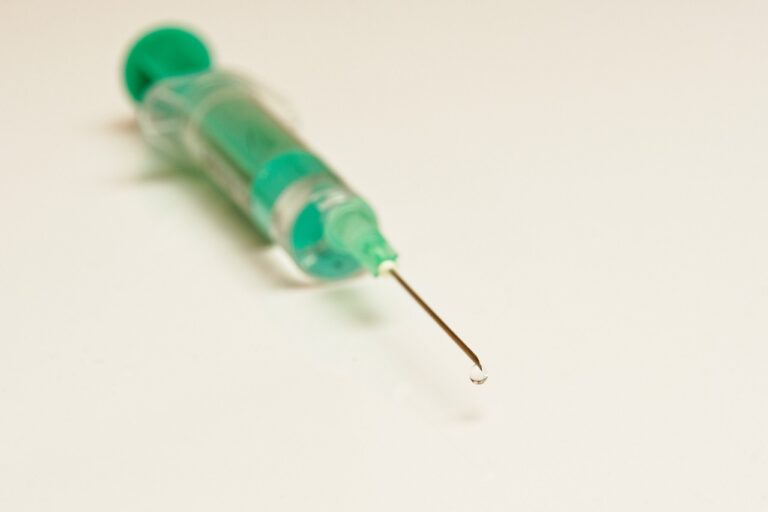Regenerative Medicine: Unlocking the Body’s Healing Potential
Regenerative medicine is a cutting-edge field that focuses on harnessing the body’s natural ability to heal and regenerate damaged tissues and organs. By utilizing various techniques and technologies, regenerative medicine aims to not only treat the symptoms of a disease or injury but also address the underlying cause by promoting tissue repair and regeneration at the cellular level. This innovative approach offers new possibilities for treating a wide range of conditions, from chronic diseases to acute injuries, with the potential to revolutionize the way we approach healthcare.
At the core of regenerative medicine is the concept of using stem cells, growth factors, and other biological materials to stimulate the body’s own healing processes. Stem cells, in particular, have shown great promise in regenerative therapies due to their unique ability to differentiate into different cell types and repair damaged tissues. By understanding and manipulating the complex interactions between cells and their microenvironments, researchers and healthcare professionals can develop personalized treatment strategies that enhance the body’s natural regenerative capacity, paving the way for more effective and sustainable healthcare solutions.
Understanding the Science Behind Regenerative Medicine
Regenerative medicine involves harnessing the body’s natural ability to heal and repair itself by using various techniques and technologies. This field focuses on stimulating the body’s own regenerative processes to promote tissue repair and regeneration. By understanding the underlying science of regenerative medicine, researchers and healthcare professionals can develop innovative therapies to treat a wide range of medical conditions and injuries.
The key principle of regenerative medicine is to promote tissue regeneration by utilizing stem cells, growth factors, and biomaterials. Stem cells have the remarkable ability to differentiate into various cell types, making them valuable tools in regenerative therapies. Growth factors play a crucial role in regulating cell growth, proliferation, and differentiation, while biomaterials provide a supportive scaffold for tissue regeneration. By combining these components in a strategic manner, regenerative medicine aims to restore damaged tissues and organs to their normal function.
Different Types of Regenerative Therapies
Regenerative medicine encompasses a variety of therapies that aim to promote the body’s natural healing processes. One common type of regenerative therapy is stem cell therapy, which involves using stem cells to repair damaged tissues and organs. Stem cells have the unique ability to differentiate into different cell types, making them a valuable tool in regenerative medicine.
Another type of regenerative therapy is platelet-rich plasma (PRP) therapy, which involves using a patient’s own blood to promote healing. In PRP therapy, a small amount of blood is drawn from the patient, spun in a centrifuge to separate the platelets, and then injected back into the damaged area. The growth factors released by the platelets help stimulate tissue repair and regeneration.





